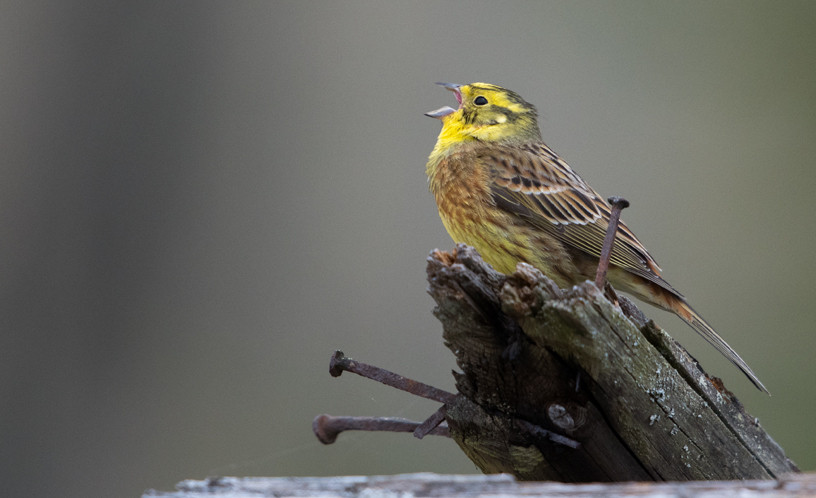Description
Backgården is an area of open fields fields that border the lake of Stora Aspen. In the spring, not only many migrating birds fly over but there is a chance to see many kinds of geese, as well as Poljska eja, Snežna strnadica, Strnadica ostrugašica, Mali soko, Planinska juričica, Kos ogrličar, Mala carska šljuka and also different kinds of ducks can be seen with a little luck (Mali ronac, Plovka kašikara, Čegrtuša and Zviždara). Common species during the summer are Patka dupljašica, Crnogrli morski gnjurac, Riđogrli morski gnjurac, Obična čigra, Sivi galeb, Srebrnasti galeb, Obična travarka, Vivak, Veliki vranac, Belorepan, Ribar, Vetruška and Velika carska šljuka.
Waders like Barska šljuka, Sprudnik migavac and Sprudnik pijukavac are usually seen in the marsh. In winter, there is a bird feed that often has a lot of Strnadica žutovoljka (which are also stationary in summer). Also Zimovka, Zelentarka, Češljugar, Siva senica, Sojka, Plava senica, Velika senica, Severna zeba and Brgljez to name a few have been seen at the feeding place in winter. If you are lucky, there is a chance of several kinds of woodpeckers. At the feeding site Veliki detlić is a frequent visitor in winter (it is common there all year round). Zelena žuna and Crna žuna are on site all year round (but mainly spring, summer and autumn) and are discovered mainly through their sounds.
Mali detlić, Vijoglava and Siva žuna have also been observed at the site. During summer nights, you may be lucky enough to hear some species. Šumska sova sometimes calls, in some years Prdavac is on the arable land and in the wetland there is a chance for various night songbirds, such as Cvrčić tršćar, Trstenjak rogožar and Veliki slavuj. Barska šljuka is a common species here that is usually noisy after sunset. As it is a bit down to the water, you may need to walk over the grass to be able to listen for night owls properly. The grass is quite tall and usually damp at night, so waterproof shoes are good to have. Please avoid walking on cultivated land.
Details
Access
The easiest way to get here is by car. Parking is on the left side of the road near the bird tower. (GPS for parking: (lat, lon): 59.959438, 15.859923 or click on the P in the map to get directions to the parking.) The bird tower is clearly visible from the parking lot. The area is best experienced by exploring the area on foot and going out to the bird tower.
Terrain and Habitat
Wetland , Scattered trees and bushes , Agriculture , Reedbeds , LakeConditions
Flat , Open landscapeCircular trail
NoIs a telescope useful?
YesGood birding season
SpringBest time to visit
SpringRoute
Unpaved roadDifficulty walking trail
EasyAccessible by
Wheelchair , FootBirdwatching hide / platform
YesExtra info
In the tower there is a notebook in a mailbox upstairs. There you can read previous observations and report your own. The bird feeding is best viewed from the tower, then no binoculars are needed.



